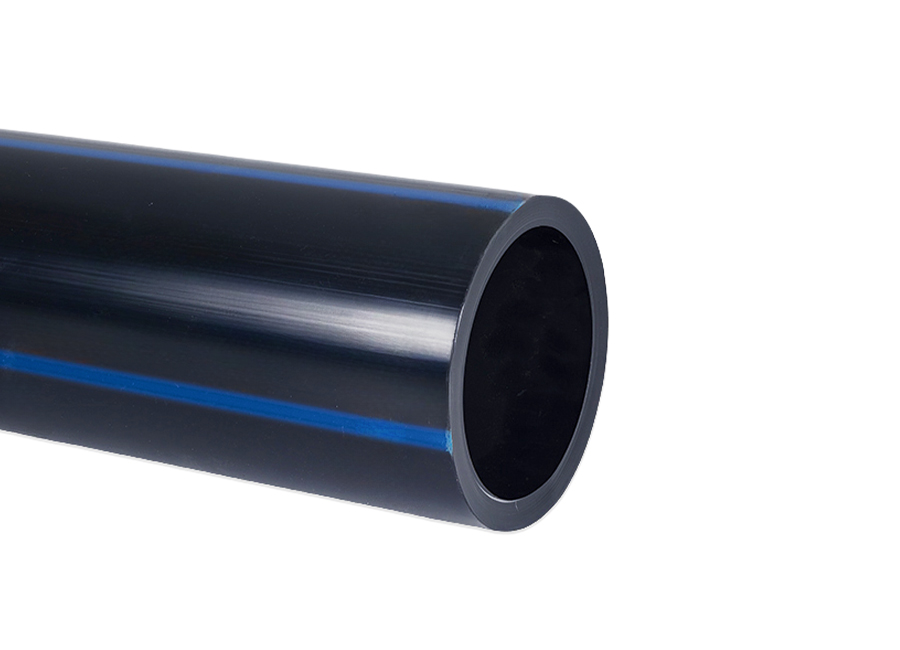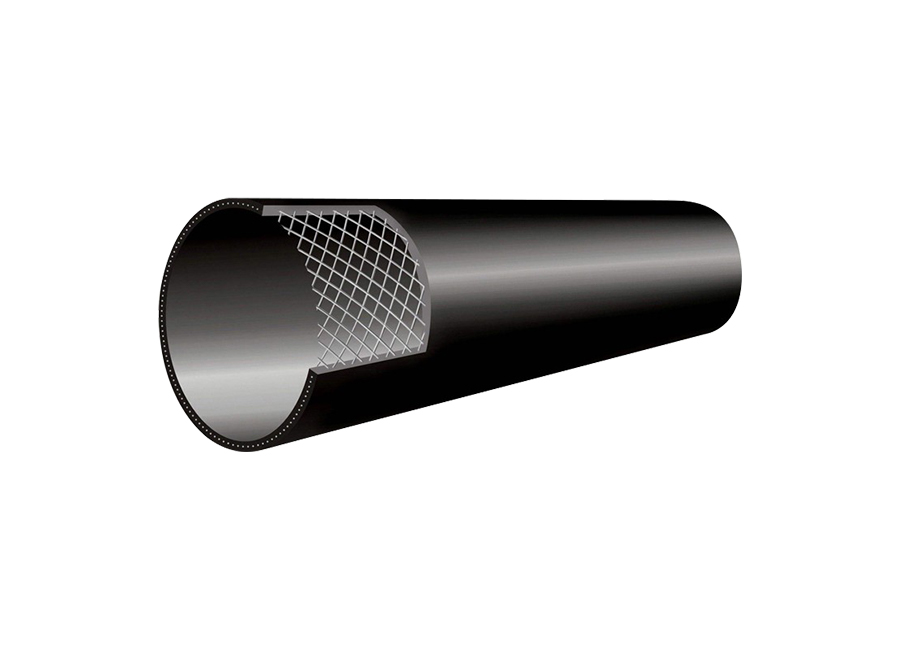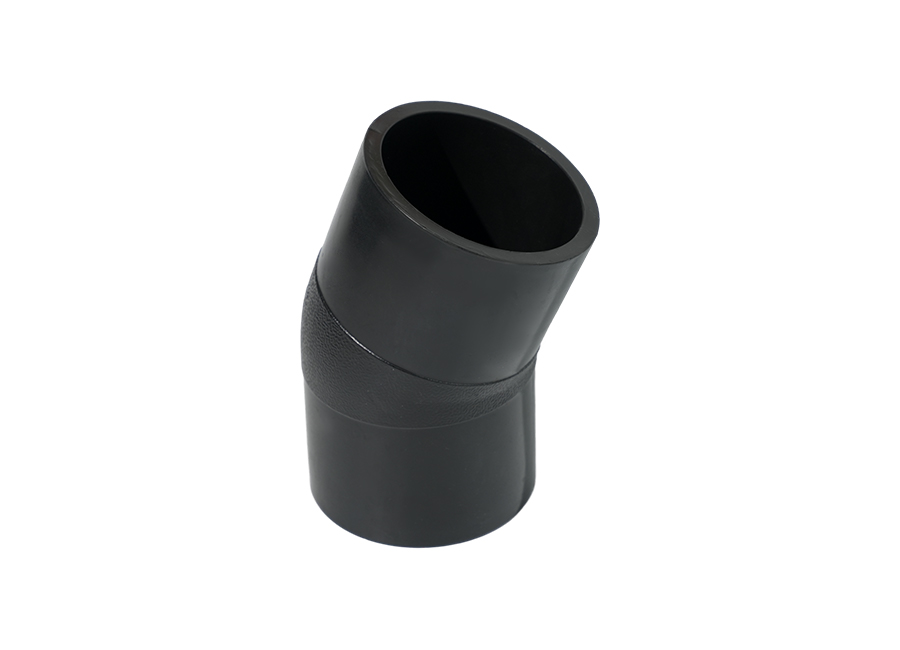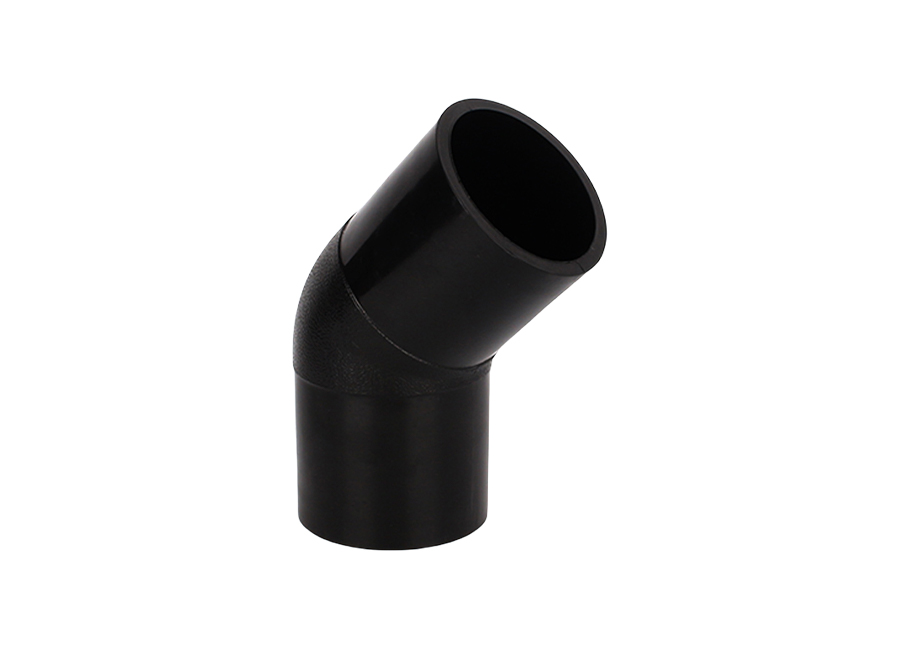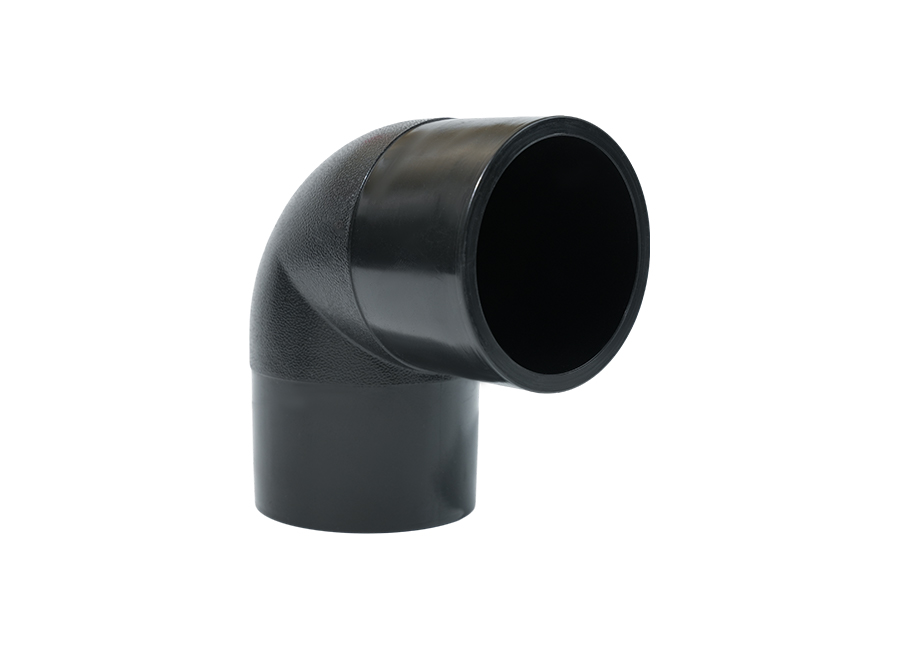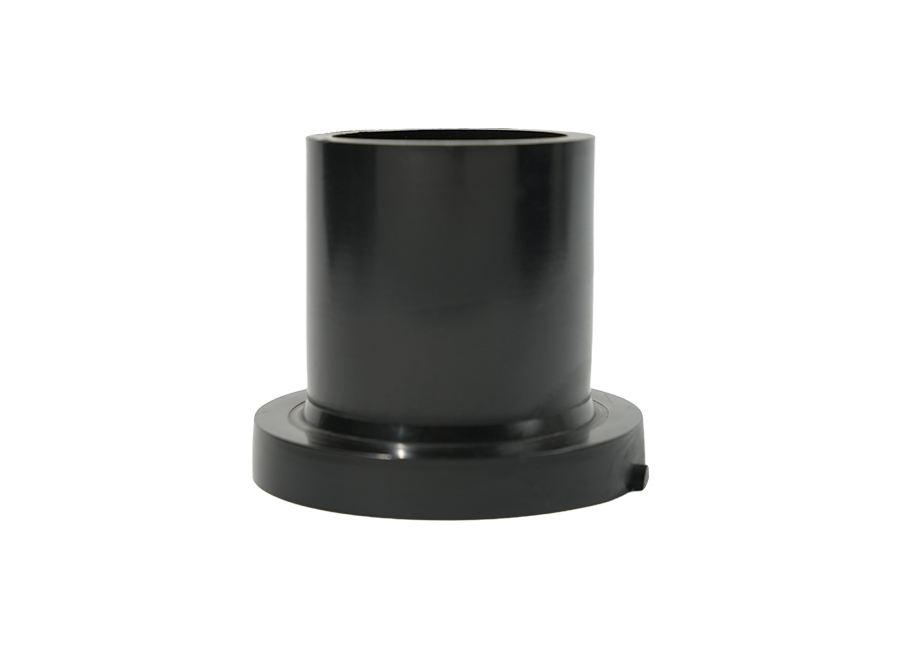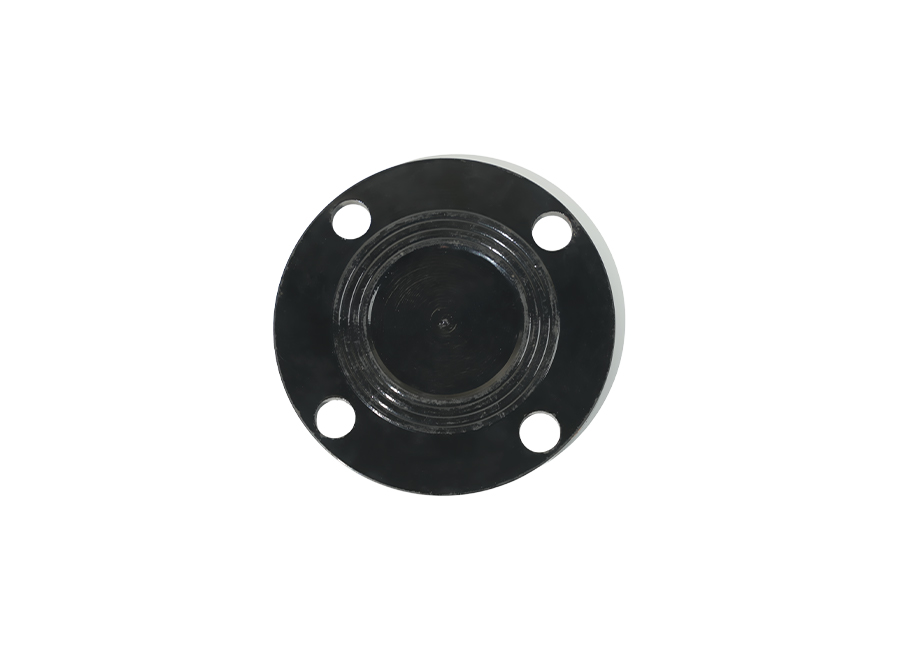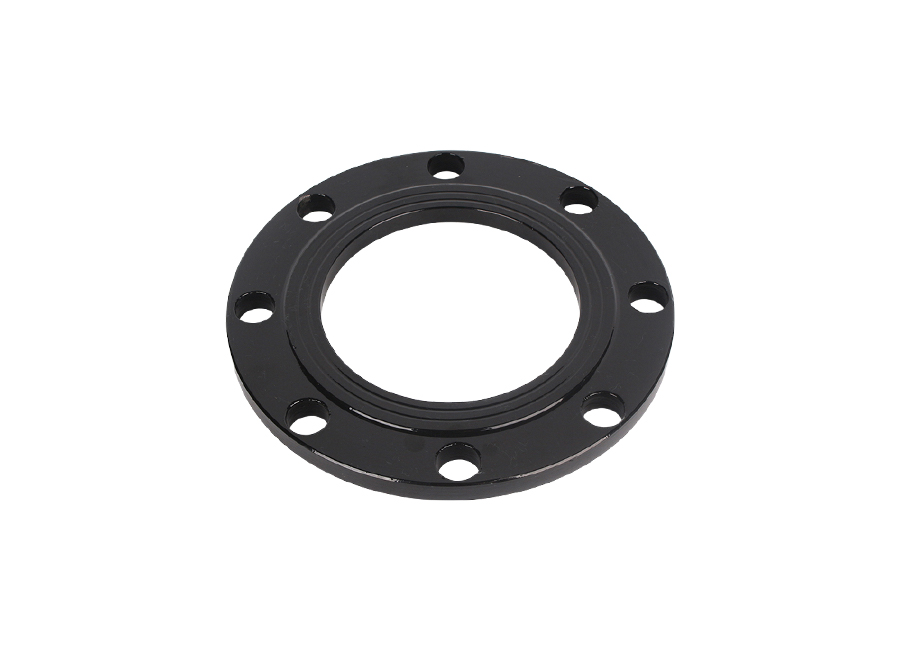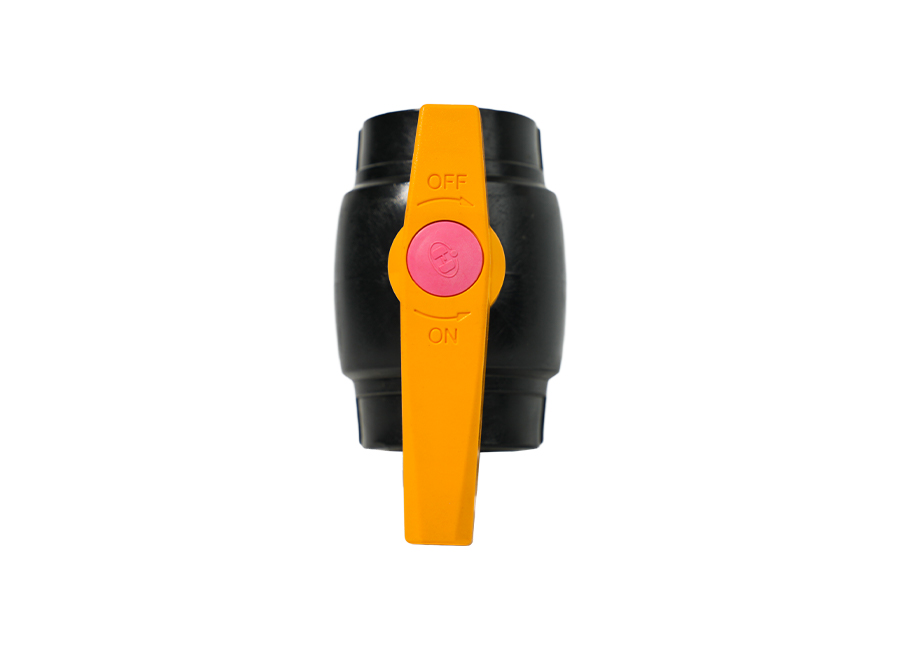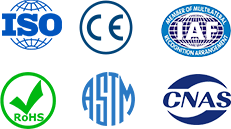PVDF (polyvinylidene fluoride) pipe is a high-performance plastic piping material widely used for its unique physical and chemical properties. This type of pipe material is highly regarded for its exceptional chemical corrosion resistance. Whether exposed to strong acids, bases, or other corrosive media, PVDF pipe demonstrates excellent resistance, ensuring the long-term stable operation of piping systems.
Content
1. Corrosion Resistance of PVDF Pipe Fittings
PVDF (polyvinylidene fluoride) is a high-performance thermoplastic. The carbon-fluorine bonds in its molecular structure impart exceptional chemical inertness, enabling it to perform well in corrosive environments. Compared to common plastics (such as PVC and PP) and metal pipe fittings, PVDF can withstand most strong acids, bases, organic solvents, and oxidizing media for extended periods, making it a preferred material for industries such as chemicals, semiconductors, and pharmaceuticals.

2. Specific performance of corrosion resistance
(1) Resistance to strong acids and alkalis
Strong acids: Can withstand hydrochloric acid (HCl), sulfuric acid (H₂SO₄), phosphoric acid (H₃PO₄), etc., but be cautious with high-temperature concentrated nitric acid (HNO₃) or fuming sulfuric acid.
Strong alkalis: Excellent stability in alkaline media such as sodium hydroxide (NaOH) and potassium hydroxide (KOH).
(2) Resistance to organic solvents
It has good resistance to common organic solvents such as alcohols, ketones, and esters (such as acetone and methanol), and is suitable for the transportation of chemical raw materials.
(3) Resistance to halogen corrosion
It can be safely used in halogen environments such as chlorine (Cl₂) and bromine water (Br₂), and is commonly used in water treatment and electroplating industries.
(4) Resistance to salt spray and seawater corrosion
It is not easy to rust in marine environments or salt-containing media (such as seawater desalination systems), and its service life far exceeds that of metal pipes.
3. Examples of application scenarios
Chemical industry: acid transportation, waste gas treatment. Semiconductor manufacturing: high-purity chemical piping.
Pharmaceutical and food industry: sterile fluid transfer.
Environmental engineering: wastewater treatment and seawater desalination.
4. Precautions for the use of PVDF pipe fittings
(1). Temperature and pressure limits
Working temperature:
Long-term use: -40℃~+140℃.
Short-term tolerance: ≤150℃ (pressure requirements need to be reduced).
Working pressure: Designed according to pipe diameter and wall thickness, usually ≤1.6MPa (at room temperature).
The pressure needs to be reduced at high or low temperatures to avoid deformation or cracking.
Note: PVDF becomes brittle at low temperatures, so avoid impact loads in ultra-low temperature environments.
(2). Installation and connection requirements
Hot melt welding: The most reliable sealing method, requiring professional equipment.
Flange connection: Use PVDF flanges or fluorine-lined flanges to avoid direct contact of metal with corrosive media.
Adhesive connection: PVDF-specific glue (such as epoxy resin) must be used.
(3). Prohibited operations
Using ordinary PVC glue or forcibly tightening metal threads can easily cause leakage or cracking.
Installing long pipes in the air without support to prevent sagging and deformation.

 English
English 中文简体
中文简体 русский
русский عربى
عربى


